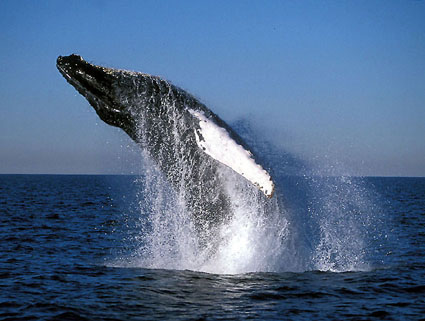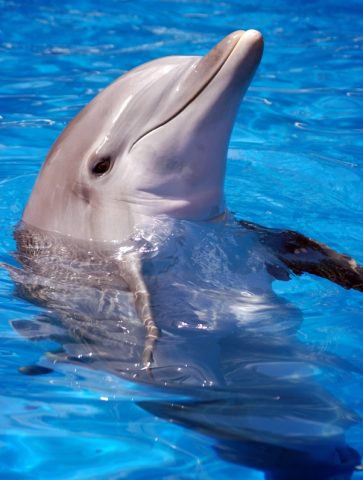
WELCOME!!


Marine mammals live mostly or entirely in the water, depend completely on food taken from the sea, and display anatomical features, such as fins, that adapt them for the aquatic lifestyle. Most marine mammals are quite intelligent compared with other marine animals. This trait, along with their generally friendly nature, makes them very popular with the public.
Mammals have a body covering of hair, maintain a constant warm body temperature and nourish their young with milk produced by the mammary glands of the mother.
Pinnipeds:Seals, sea lions and walruses: have limbs modified to form flippers and are better adapted to life at sea than to life on land.

Sirenians: are known as manatees and dugongs. They are totally aquatic mammals that feed on a varitety of aquatic vegetation. The primary difference between them is that manatees inhabit both seas and inland rivers and lakes. Dugongs are strictly marine mammals living in coastal areas. 



Cetaceans have a fishlike body shape and are the mammals most suited to life in the sea.
Special physiological adaptations allow them to dive to great depths and tp remain submerged for long periods of time. They are intelligent animals that display a range of behaviors for cummunication and investigating their envrionment. Some use echolocation to navigate, find prey and avoid predators. 

Baleen whales have plates of baleen instead of teeth and feed primarily on plankton, such as krill.

"Sea" you real soon!












.jpg)